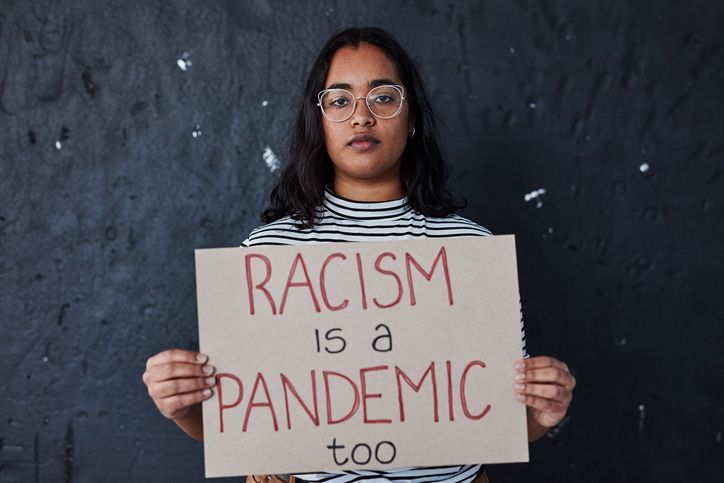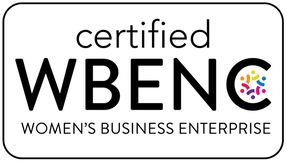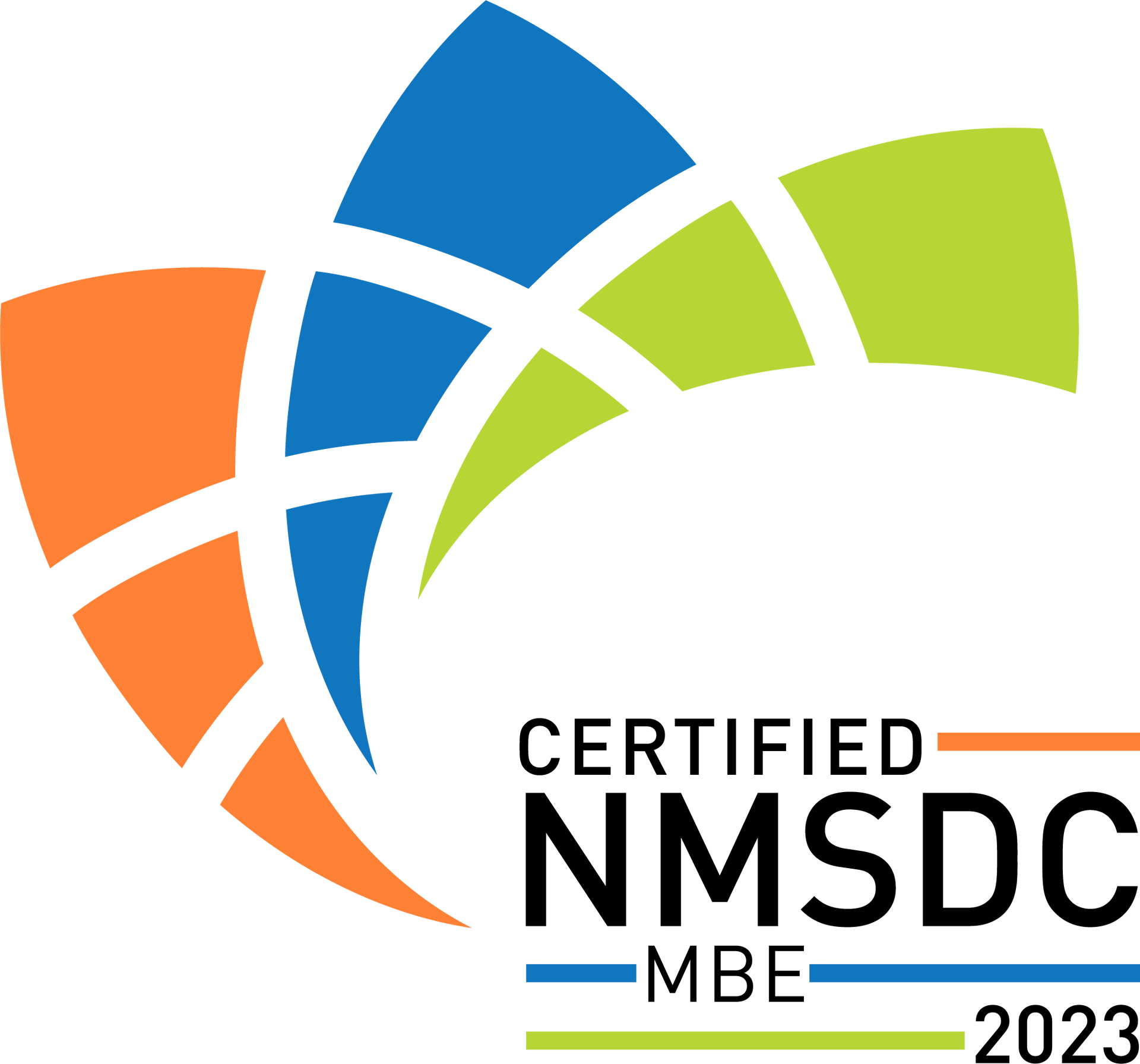‘Fitting-In-Culture’ is antithetical to Diversity
I watched an old episode of CBS morning news where Bréne Brown talks about belonging vs. fitting in. Brown's insight was right on the money when she said “fitting in is about assessing a situation and becoming who you need to be to be accepted. Belonging, on the other hand, doesn’t require us to change who we are; it requires us to be who we are.” Here's my take on this after all these years in the recruiting, career coaching trenches. I hear it all the time from Clients: I'm looking for diverse candidates who can acclimate to our company culture. Candidates must be a culture fit. But being a fit is not all its cracked up to be and therein lies the problem that thwarts diversity recruiting and wreaks havoc on possible inclusion. Asking underrepresented individuals to 'fit in' to cultures where they were traditionally excluded from requires them changing the very essence of who they are. It calls for being a part of a system that is willing to accept representatives and not true individuals. Being on the dating scene after two decades of marriage these days trust me I get it everyone's trying hard to make a good first impression. So what tends to show up on the dates I've been on are date reps. People who act and portray ideal rather than be real with flaws and all. From a recruiting perspective, do you want people working for your Company who work full time jobs to try 'fitting in' rather than people being who they are putting all their hard work into doing the job you hired them to do?
Yes, trying to 'fit in' is a full time job unto itself. When I worked in Corporate America it became an exhausting task to feel included in the places where I worked. I put aside my beliefs, shelved my identity and spoke as my coworkers did and bit my tongue plenty to be accepted. If you are of a diverse background I'm sure you understand some or all that I'm stating. Code switching also plays a huge role in the trying to fit in scheme of things. In the Boots Riley film "Sorry to Bother You" the main character Cassius, a young black man, because a successful telemarketer by using his white voice. The statistics show many men and women of color, especially African American starting their own companies to define their own sets of rules and beliefs and for true acceptance purposes.
The 'fit in' factor creates artificial colleague relationships. I can't tell you how many times I have heard and I myself have had to adapt to the crowd I'm with in speech and body language. Around my white colleagues I was Angela the very articulate Vassar grad, the successful recruiter and career coach. But, at home and around my family/friends the unpacked Angie, who is an educated professional who speaks well but, can also herself. And, the feeling of getting caught or having to adapt to the situation is one sidedly exhausting. Artificial workplace interactions can create disastrous results for Company moral, product and customer base. It hampers true co-worker interaction that allows for the blossoming of concept and ideas. Companies must understand that the fitting is one sided and doesn't solve your diversity and inclusion initiatives. Fostering authentic working relationships requires the acceptance of authenticity from diverse men and women.
The idea that in order to 'fit in' means conforming to the dominant culture is worrisome especially in 2019. So is the structural racial and gender inequality in the workplace. Companies must accept that their D&I hiring and retention strategies are flawed especially when looking for diverse candidates to 'fit in' as opposed to creating systems for all to truly belong.
We are better together!
I AM someone who sees incredible potential in places most people don't think to look. As an owner of a diversity staffing boutique, my team and I walk alongside our Clients in creating professional environments that are truly for ALL. I believe in our interconnectedness as a human race and strive every day to use my gifts to empower the workplace’s invisible and powerless. I rarely bet on certainty and always root for the underdog because, after all, those are the best stories to tell.
Hi there! Thanks for reading! Follow Angela Solomon on her social profiles! | LinkedIn: /ASolomonRecruits | Facebook: @ASolomonRecruits | Instagram: @A.SolomonRecruits | Twitter: @AS_Recruits | Pinterest: @AS_Recruits


EXPLORE OUR SITE
All Rights Reserved | A. Solomon Recruits




